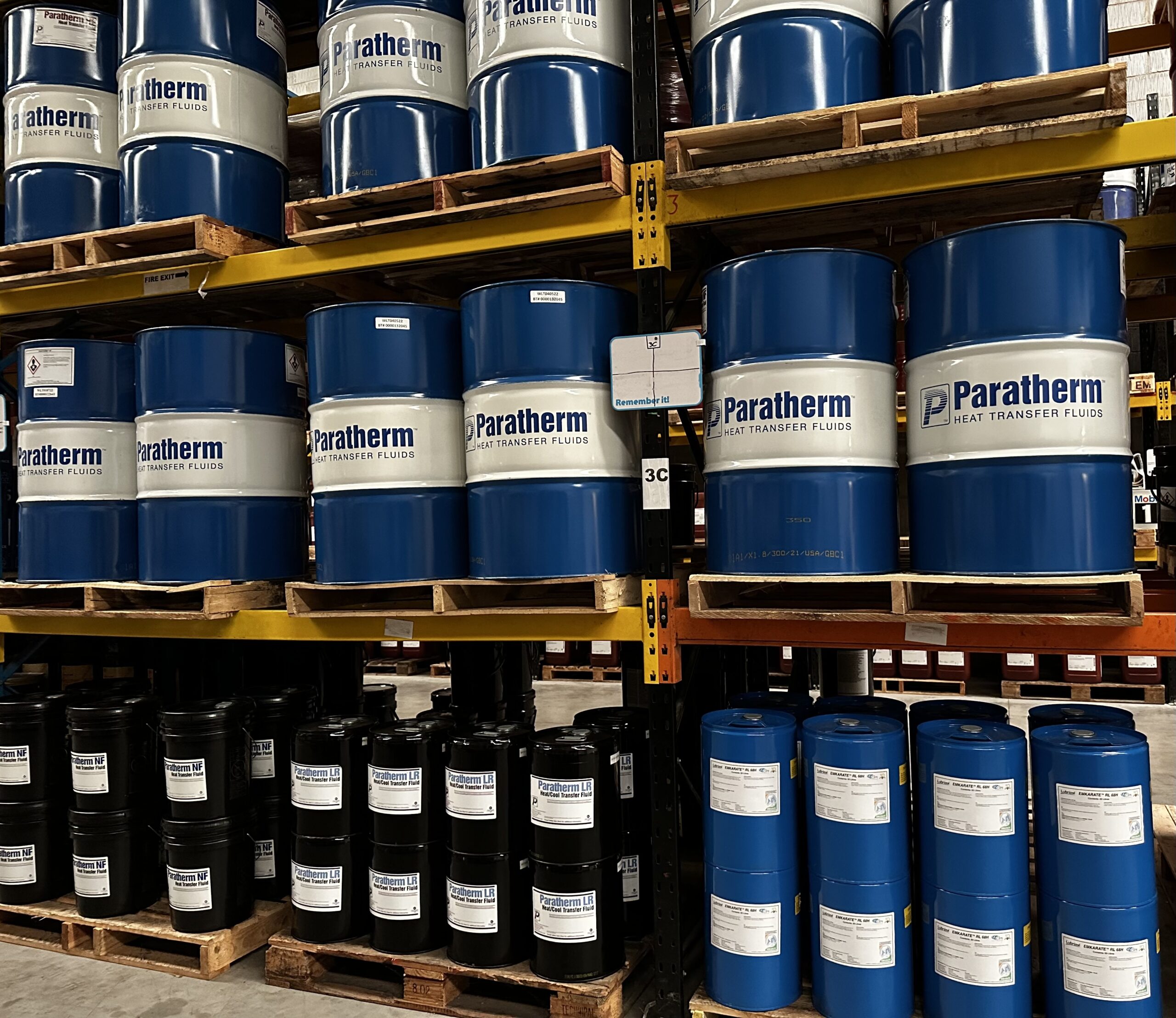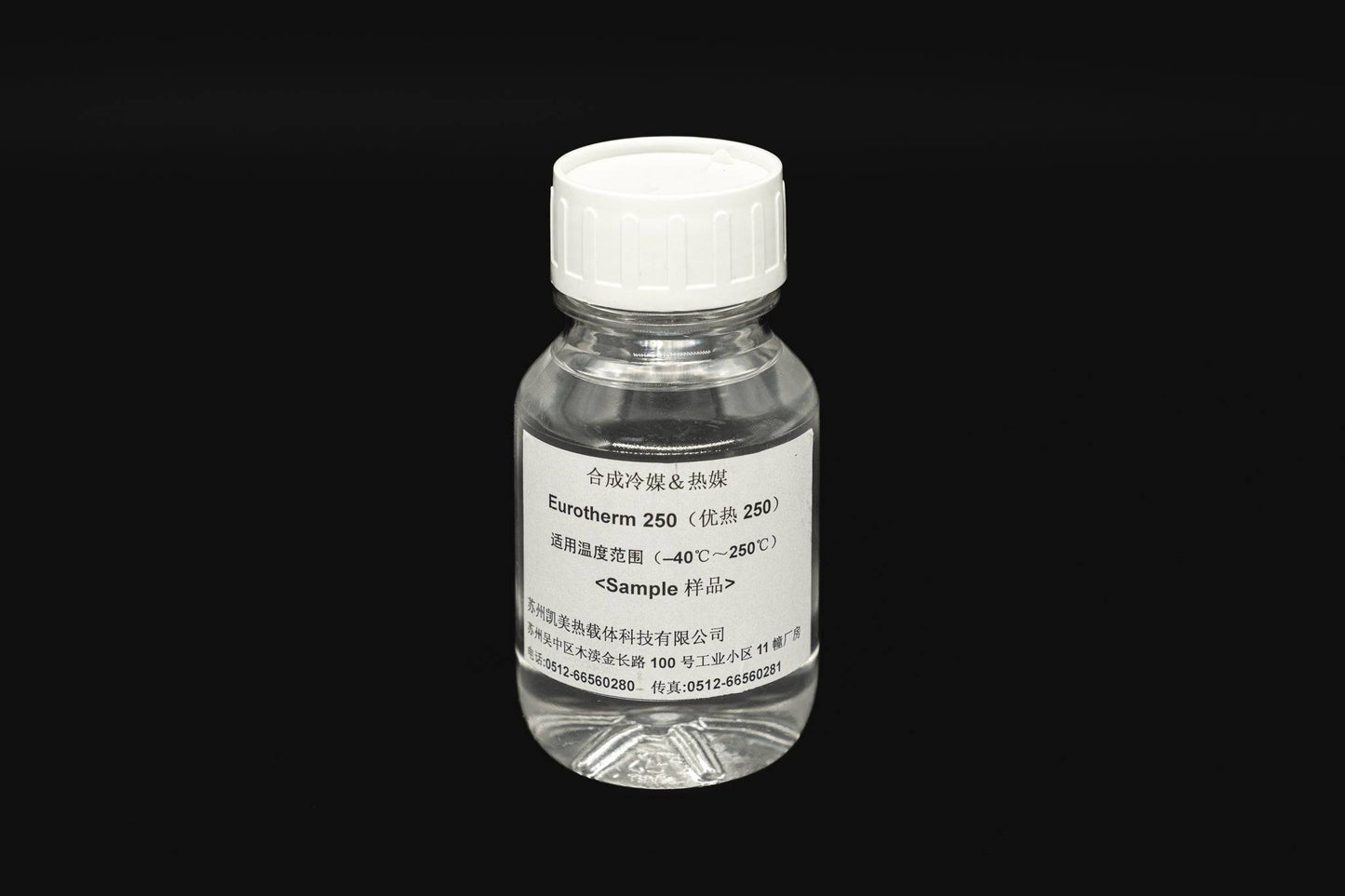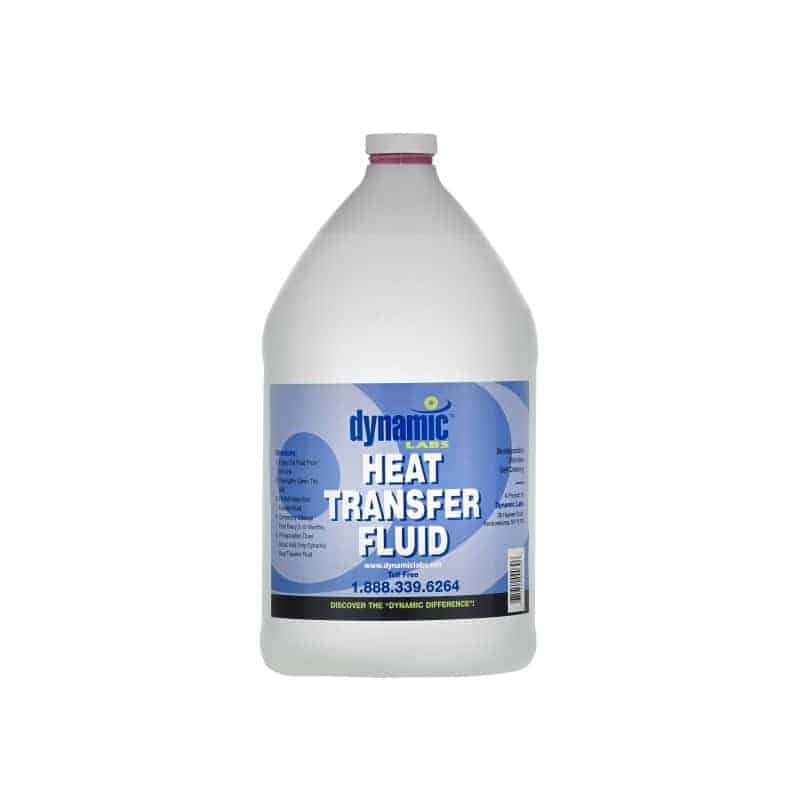Leading Considerations for Selecting the Right Heat Transfer Fluid for Your Needs
Leading Considerations for Selecting the Right Heat Transfer Fluid for Your Needs
Blog Article
Understanding the Uses of Warmth Transfer Liquid in Industrial Applications
In the dynamic landscape of industrial applications, warm transfer fluids (HTFs) are indispensable for keeping accurate thermal guideline, critical to maximizing functional efficiency and product high quality. From the intricacies of chemical handling to the durable needs of power generation, HTFs are main to guaranteeing secure and reliable heat exchange.
Duty in Chemical Processing
In chemical handling, heat transfer fluids play an essential function in preserving specific temperature control, which is essential for enhancing reaction rates and guaranteeing product quality - heat transfer fluid. These liquids are essential in facilitating reliable heat exchange between process equipment, therefore enabling the guideline of thermal problems within activators, purification columns, and other vital device. Their ability to maintain stability under varying thermal loads and environmental conditions makes them essential in chemical production
The choice of an appropriate warm transfer fluid is figured out by elements such as thermal conductivity, details warm ability, viscosity, and chemical compatibility with the process materials. High-performance fluids enable quick cooling and heating, improving the performance of endothermic and exothermic responses. Additionally, their thermal stability decreases the danger of deterioration or contamination, which can result in equipment fouling and minimized procedure performance.
In addition to temperature level law, these liquids add to security by avoiding getting too hot and lowering the capacity for thermal runaway responses. By giving constant thermal administration, warm transfer liquids enhance process reliability and can lead to considerable energy financial savings. As chemical processes come to be significantly complex, the value of choose and keeping ideal warm transfer fluids can not be overstated.

Power Generation Applications
Relocating from chemical processing to power generation, warm transfer fluids presume a crucial role in the production of power. In power generation applications, these liquids are crucial in preserving ideal thermal performance and guaranteeing the reliable operation of power plants. Various sorts of power generation centers, consisting of fossil fuel-based plants and focused solar power (CSP) systems, depend heavily on heat transfer fluids for reliable energy conversion.
In fossil fuel power plants, heat transfer liquids are utilized to move heat from burning gases to water in boilers, creating steam that drives wind turbines. In CSP plants, warmth transfer fluids flow via solar enthusiasts, soaking up solar energy and transferring it to a main receiver where it is utilized to produce heavy steam.
The option of warm transfer fluid in these applications is important, as it influences the plant's effectiveness, safety, and environmental impact. Artificial oils, molten salts, and various other specialized fluids are generally used, picked based upon their thermal security, heat ability, and compatibility with system materials.
Influence On Food and Beverage Sector
Along with improving product quality, heat transfer fluids add to operational effectiveness by minimizing energy usage and reducing process times. Their thermal security and high warm capability permit fast heating and cooling down cycles, causing improved throughput and cost-effectiveness. Furthermore, making use of food-grade warmth transfer liquids, which abide by rigid security requirements, visit this site makes certain that there is no danger of contamination, therefore securing public wellness.
The versatility of heat transfer fluids allows their application throughout a large range of food and drink processes, from milk and confectionery to brewing and bottling. By maximizing temperature control, these liquids play a crucial role in meeting the developing needs of the food and beverage industry while keeping high requirements of high quality and safety.
Significance in Manufacturing

A crucial aspect of manufacturing processes throughout different sectors is the reliable administration of temperature level, which is where heat transfer liquids demonstrate their value. These liquids play a critical role in maintaining ideal temperatures for varied operations, making certain product top quality, security, and power efficiency. In sectors such as chemical processing, pharmaceuticals, and plastics, exact temperature control is vital for reactions, healing, and molding processes. Warmth transfer fluids assist in these regulated atmospheres by soaking up, transferring, and launching heat as needed.
In producing settings, heat transfer fluids contribute substantially to functional performance and cost-effectiveness. By minimizing temperature fluctuations, they assist minimize energy usage, therefore reducing functional prices and boosting sustainability. They boost the life expectancy of devices by stopping overheating and thermal tension, which can lead to costly downtime and repair work.
Additionally, the versatility of heat transfer liquids enables them to be customized for specific applications, suiting a large range of temperatures and environmental conditions. This versatility guarantees consistent efficiency, even in the most demanding industrial setups. Inevitably, the calculated use warmth transfer liquids equips news producers to maximize their procedures, enhance item high quality, and keep an affordable edge in an ever-evolving market.
Advances in Warmth Transfer Innovation
With innovations in warmth transfer innovation, industries are experiencing transformative renovations in temperature administration systems. Modern HTFs, such as nano-fluids, exhibit improved thermal conductivity and security, which significantly enhance warm exchange procedures.
Furthermore, the combination of clever technology and digital surveillance systems has changed Get the facts warmth monitoring. Advanced sensing units and IoT devices offer real-time information analytics, enabling exact control and optimization of warm transfer procedures. This causes enhanced safety, minimized downtime, and expanded tools lifespan.
Additionally, the introduction of magnetic and phase-change products in warmth transfer applications notes a substantial jump onward. heat transfer fluid. Magnetic liquids, for example, deal quick warmth dissipation via magnetic area manipulation, while phase-change materials effectively save and launch thermal power throughout stage shifts
These technological strides are not only improving performance in traditional sectors such as chemical handling and power generation but are also fostering technology in emerging fields like sustainable energy systems and electronic cooling, paving the means for lasting industrial procedures.

Conclusion
Heat transfer liquids are essential to commercial applications, offering precise temperature level control and boosting operational efficiency. In chemical handling, they make sure optimum activator problems, while in power generation, they add to reliable energy use. The food and drink sector take advantage of regular temperature level management, important for product high quality. Across various manufacturing industries, HTFs assist in energy conservation and safety compliance. Advancements in heat transfer technology remain to optimize these features, emphasizing the important function of HTFs in commercial processes.
Report this page